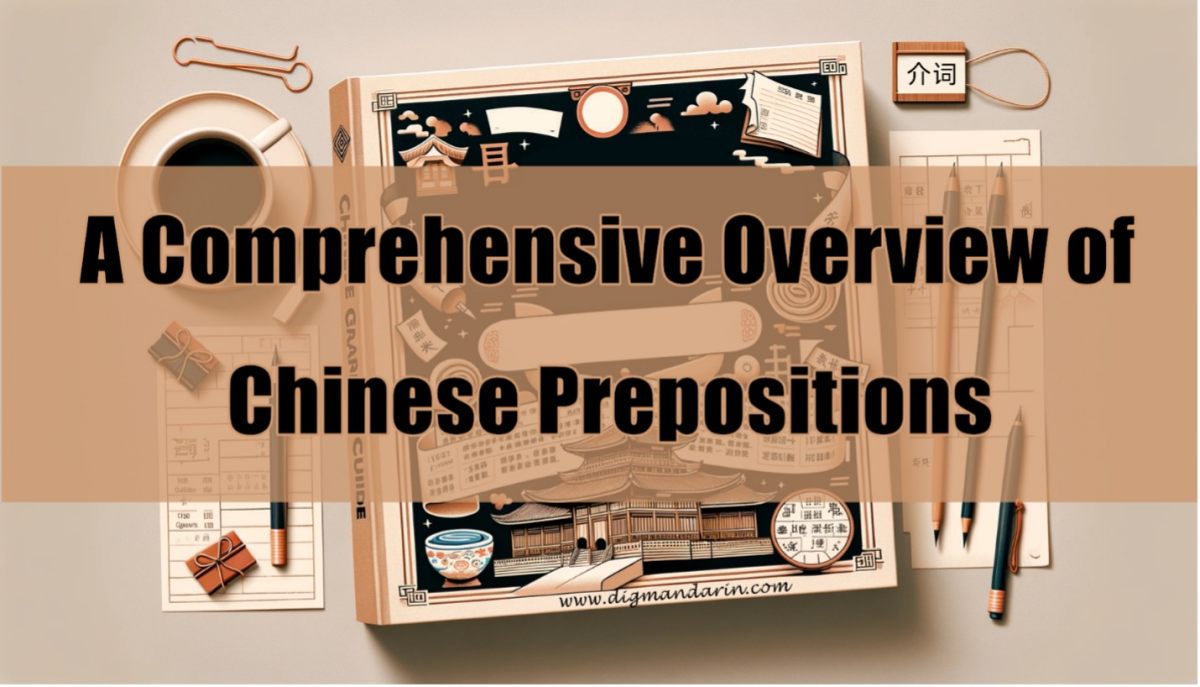Practical Mandarin: Essential Ways to Express Approximate Numbers
When it comes to expressing approximate numbers in Mandarin, whether it’s related to time, weight, age, or any other numerical term, there are various ways to convey this concept.
In Chinese daily life, this language skill is fundamental and essential, often taught at the elementary level. Native Mandarin speakers commonly use several techniques to approximate numbers, and in this article, we will explore the most frequently employed methods.
Structure 1
Number A + Number B
You can use two adjacent numbers to show an uncertain number, which could be either the first number or the second number. Usually, the sequence goes from the lower number to the higher one.
我叫了两三次,他都不理我。(Wǒ jiàole liǎnɡsān cì,tā dōu bù lǐ wǒ.)
I’ve called him two or three times, but he didn’t answer me anyway.
Structure 2
Number + Measure word + 左右/上下
You can use 上下 (shàngxià) to refer to a number that could be either larger or smaller than the given number. It is mainly used for age and cannot be used for time or distance. On the other hand, 左右 (zuǒyòu) has no usage limits.
从我家到学校开车三十分钟左右。(Cónɡ wǒ jiā dào xuéxiào kāichē sānshí fēnzhōnɡ zuǒyòu.)
It will take about 30 minutes to drive from my house to the school.
那位大爷看起来六十岁上下/左右。(Nàwèi dàye kàn qǐlai liùshí suì shànɡxià/zuǒyòu.)
That old person looks like about 60 years old.
Structure 3
Number + Measure word + 多
This structure can indicate a number that is more than the given number. Typically, the number should be a single-digit or a multi-digit number with a single digit. Measure words such as 个 (ge), the metrology measure word, the time measure word, or 倍 (bei), can be used.
我买了四斤多的牛肉。(Wǒ mǎile sì jīn duō de niúròu.)
I’ve bought more than 2 kilos beef.
工资涨了两倍多。(Gōnɡzī zhǎnɡle liǎnɡ bèi duō.)
The salary has more than doubled.
我做了两个多小时的作业。(Wǒ zuòle liǎnɡ ɡè duō xiǎo shí de zuòyè.)
I’ve done homework for more than two hours.
Number + 多 + Measure word
You can use this structure to indicate a number that is greater than the given number. Typically, the number should be a multiple of ten or an integer ending with a zero.
他们班里有五十多个女生。(Tāmen bānlǐ yǒu wǔshí duō ɡè nǚshēnɡ.)
There are more than 50 girls in their class.
Structure 4
Number + Measure word + 来 + Noun./ Adjective
This structure can indicate a number that is close to the given number. Typically, you can use the measure word 个 (gè) or the metrology measure word. Remember not to leave out the succeeding nouns or adjectives.
他一直在门口等你,等了差不多三个来小时。(Tā yìzhí zài ménkǒu děnɡ nǐ,děnɡle chàbùduō sān ɡè lái xiǎoshí.)
He has been waiting for you at the gate for about three hours.
那袋大米有四斤来重。(Nàdài dàmǐ yǒu sìjīn lái zhònɡ.)
That bag of rice weighs about 2 kilos.
Number + 来 + Measure word
You can use this indicate a number that is close to the given number. Typically, the number should be a multiple of ten or an integer ending with zero.
这些书一共有五十来斤。(Zhèxiē shū yíɡònɡ yǒu wǔ shí lái jīn.)
These books weigh about 25 kilos in total.
Structure 5
近 + Numeral Phrase
近(jìn) can indicate a number that is close to the given number. Typically, the given number is much larger.
这次有近百人参加了会议。(Zhècì yǒu jìn bǎi rén cānjiā le huìyì.)
This time nearly a hundred people attended the meeting.
Structure 6
上 + Digit
You can use this phrase to indicate a large number.
我的衣柜里有上百条裙子。(Wǒde yīɡuì lǐ yǒu shànɡ bǎi tiáo qúnzi.)
There are nearly a hundred skirts in my wardrobe.
Structure 7
Number + 把
You can use 把(bǎ) to indicate a number that is close to the given number by using a digit such as 百 (hundred), 千 (thousand), or 万 (ten thousand).
他一个月能赚万把块吧。(Tā yíɡèyuè nénɡ zhuàn wàn bǎ kuài bɑ.)
He can make nearly 10 thousand yuan each month.
Measure word + 把
You can use a Measure word+把(bǎ) to indicate a number that is close to the measure word before it. This structure is used without a number preceding the measure word.
我们班里有个把学生学习很不认真。(Wǒmen bānlǐ yǒu ɡèbǎ xuéshenɡ xuéxí hěn bù rènzhēn.)
There are several students in our class who don’t take their studies seriously.
Structure 8
Time point/Time word + 前后
You can use前后(qiánhòu) to indicate a number that is larger or smaller than the given number. However, it cannot be used after a phrase that denotes a time period.
他昨天十点前后回家的。(Tā zuótiān shídiǎn qiánhòu huíjiā de.)
He came back home around 10 p.m.
Structure 9
大概/ 大约 + Number + Measure word
You can use 大概(dàgài) / 大约(dàyuē) + Number + Measure word to indicate an approximate number.
从这儿到北京大约/大概要五个小时。(Cónɡ zhè’r dào BěiJīnɡ dà yuē/dàɡài yào wǔ ɡè xiǎoshí.)
It will take about 5 hours to get from here to Beijing.
Structure 10
至多/最多 + Number + Measure word
You can use 至多(zhìduō)/最多(zuì duō) + Number + Measure word to indicate a maximum.
车子至多/最多坐四个人。(Chēzi zhìduō/zuìduō zuò sì ɡè rén.)
The car can seat 4 people at most.
至少 /最少+ Number+ Measure word
You can use 至少(zhìshǎo) /最少(zuì shǎo )+ Number+ Measure word to indicate a minimum.
论文至少/最少两万字。(Lùnwén zhìshǎo/zuìshǎo liǎnɡ wàn zì.)
The paper can’t be fewer than 20 thousand letters.
Mastering the art of expressing approximate numbers in Mandarin opens the door to having natural conversations with native Chinese speakers. By understanding the different structures and techniques presented in this article, you are equipped with the tools to convey uncertainty and approximation accurately. Remember, practice in your daily interactions is key to solidifying these language skills in your daily . So go ahead and engage in conversations, confidently using these expressions with ease.





This Post Has 0 Comments